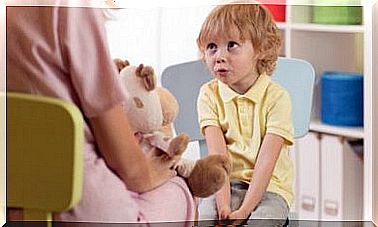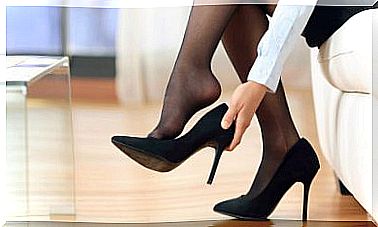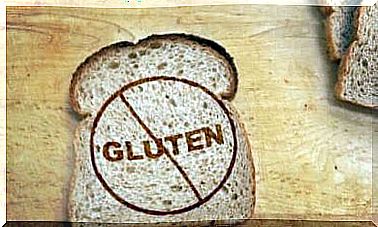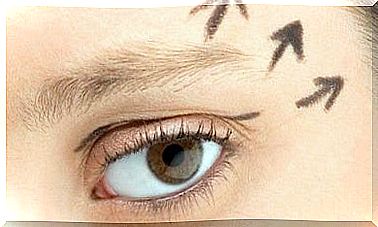What Is Pediatric Physiotherapy?
Pediatric physiotherapy is a discipline little known among the general population. This is a profession that appeared a few years ago and is very important. Here we will tell you more about this specialty.

Pediatric physiotherapy is defined as a branch of health, and more specifically of kinesiology and physiotherapy, which takes care of children. It consists of counseling, treating and caring for pediatric patients with developmental delays or movement disorders.
The definition can be broader, as we will see a little later, because other diseases related to kinesiological work can be treated with pediatric physiotherapy. The field of early stimulation is also reaping benefits.
Different synonyms exist to name it, which generates some confusion. We can nevertheless speak of “kinesiology for children” or “physical therapy for children”. Ultimately, we are referring to the same professionals and the same field of health.
Since its appearance, which is quite recent, its attention has been directed towards children with motor development problems deriving from neurological pathologies. We can for example cite cerebral palsy or congenital torticollis.
We then find, in second place in terms of importance and number of patients, traumatic pathologies, such as scoliosis and deformities of the foot. Respiratory diseases like asthma and cystic fibrosis are not far behind.
A broader definition of the scope of pediatric physiotherapy states that any disease limiting the relationship between the environment and the child is treatable. This opens up a whole range of opportunities for the discipline as it thus goes beyond the classical limits of the pathological field to include other aspects of existence.
For each area of action, pediatric physiotherapy offers different approaches:
- Neuromotor stimulation.
- Respiratory physiotherapy.
- Psychomotricity.
- Postural treatment.
- Functional bandage.
Beneficiaries of pediatric physiotherapy
As a pediatric health discipline, this physiotherapy is aimed at children. We can thus group the receptors into three clearly differentiated groups:
- Children and adolescents with various pathologies leading to motor and developmental consequences, with different origins:
- Neurological: spina bifida, cerebral palsy.
- Respiratory: asthma, cystic fibrosis, bronchiolitis.
- Musculoskeletal: congenital dislocation of the hips, plagiocephaly, achondroplasia.
- Genetics: Down syndrome, Wolf syndrome.
- Neuromuscular: Duchenne’s dystrophy, spinal muscular atrophy.
- Children who need to be followed because they are at risk of developmental problems. Physiotherapy then has a function of accompanying growth, to avoid greater complications in the future.
- Children who have no concrete pathology and for whom educational interventions are being considered, especially as a preventive measure.

Functions of the pediatric physiotherapist
It should be understood that pediatric physiotherapy is not the application of traditional adult kinesiology to a smaller body. The physiotherapist for children must indeed be specialized in this age to be able to treat them correctly.
The professional will usually do an initial assessment of the child or adolescent. It will then establish the motor, cognitive, sensory and environmental capacities of the patient to know the reality of the person in the context in which he lives and develops.
Once the assessment has been carried out, the professional will trace the objectives of a possible treatment. Goals are usually established between the physiotherapist and the family, in addition to the attending physician who recommended this approach.
A work plan will be established according to the objectives. The professional’s training will then allow him to choose the most appropriate techniques for each patient, always including a playful aspect, which is a fundamental pillar of pediatric physiotherapy.
Once the treatment is in place and spread over several sessions, coordination between family and professional becomes vital. We thus speak of direct interventions when they are performed by the physiotherapist, and indirect interventions when it is the family who performs them.
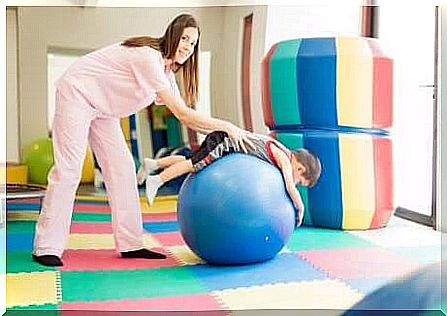
The role of the family
The child’s family, in the treatment established by pediatric physiotherapy, is an additional component of the approach. This discipline is not possible without the active participation of adults who spend most of their time with the patient.
It should be understood that the professional is only with the child or adolescent during their sessions: the child spends the rest of his time with the adults who make up his family. Part of the success of treatments therefore depends on the persistence and involvement of parents.
After the physiotherapist’s direct interventions on the patient, we continue with the indirect interventions, which are those carried out by relatives at home. These, advised by the professional, continue with the established work plan.
The family must play a role in this discipline. This role is even more important during the first years of life, when early stimulation will sow the seeds of future development, until adulthood.
It is therefore essential that communication and understanding between the physiotherapist and the parents be fluid. Everyone must be in agreement and feel at ease because, in the end, the goal is none other than the well-being of the child who is to be treated.
